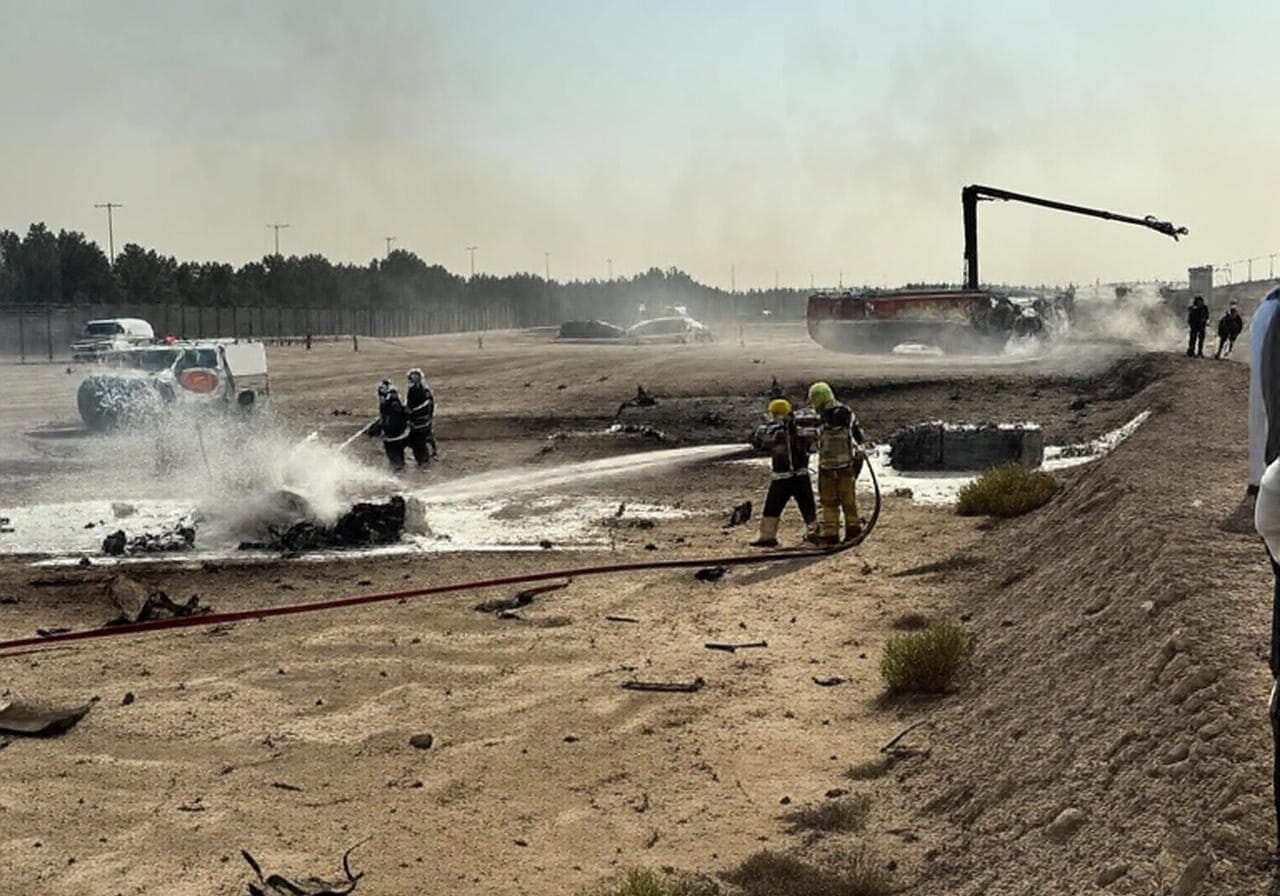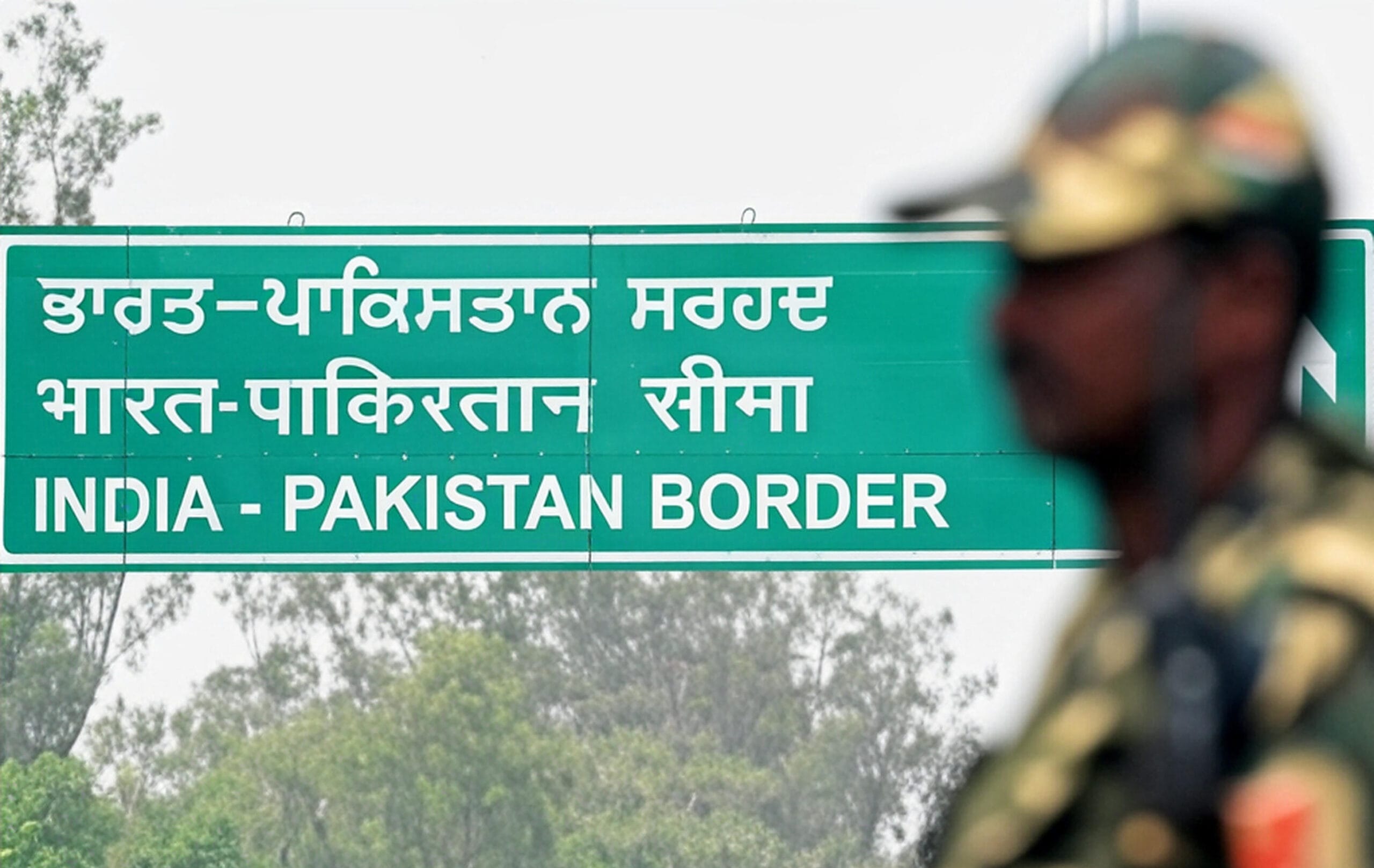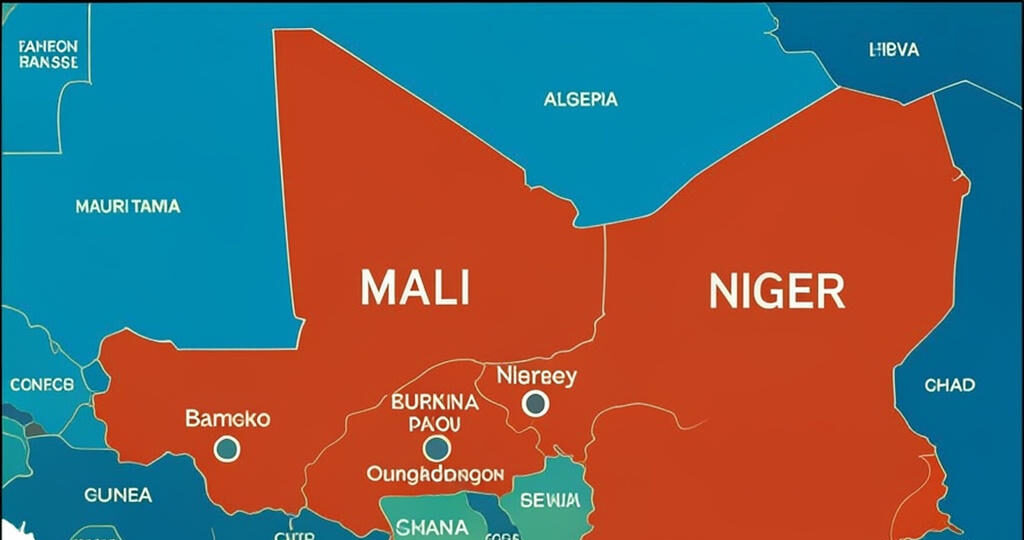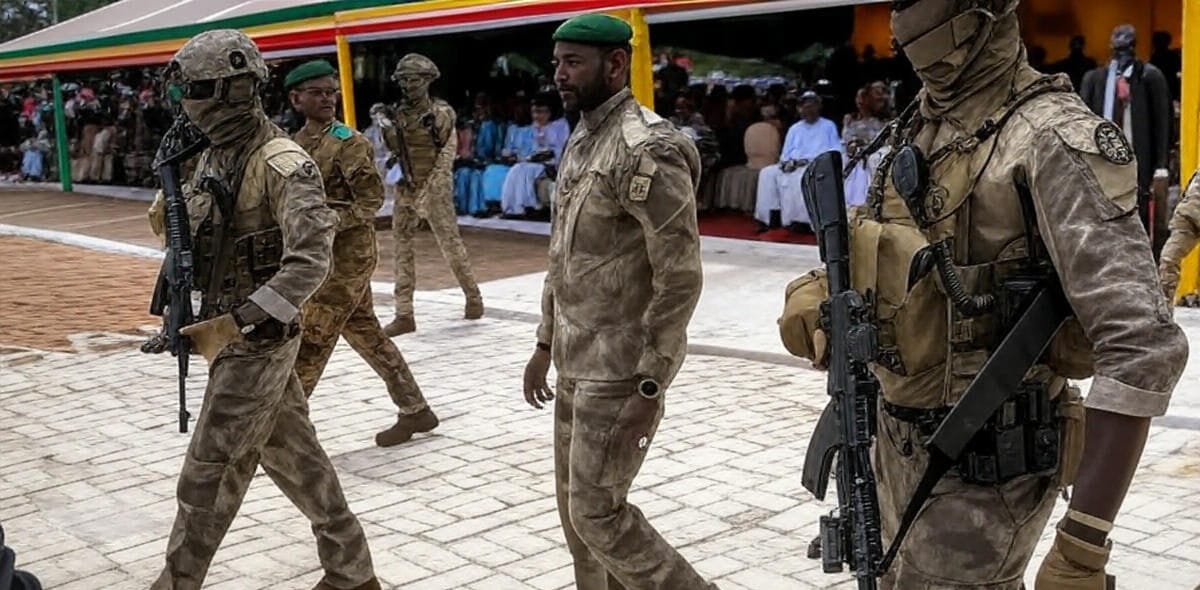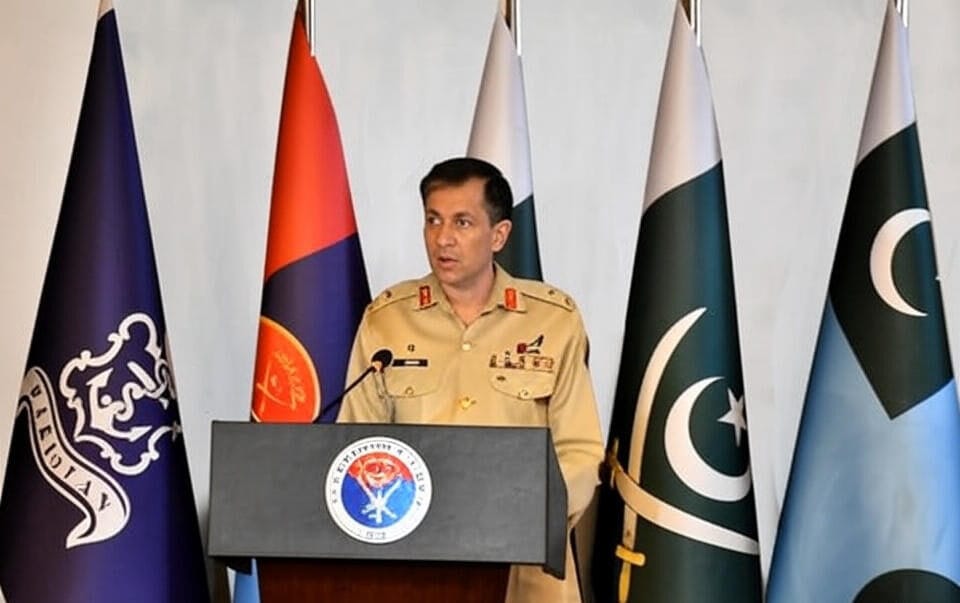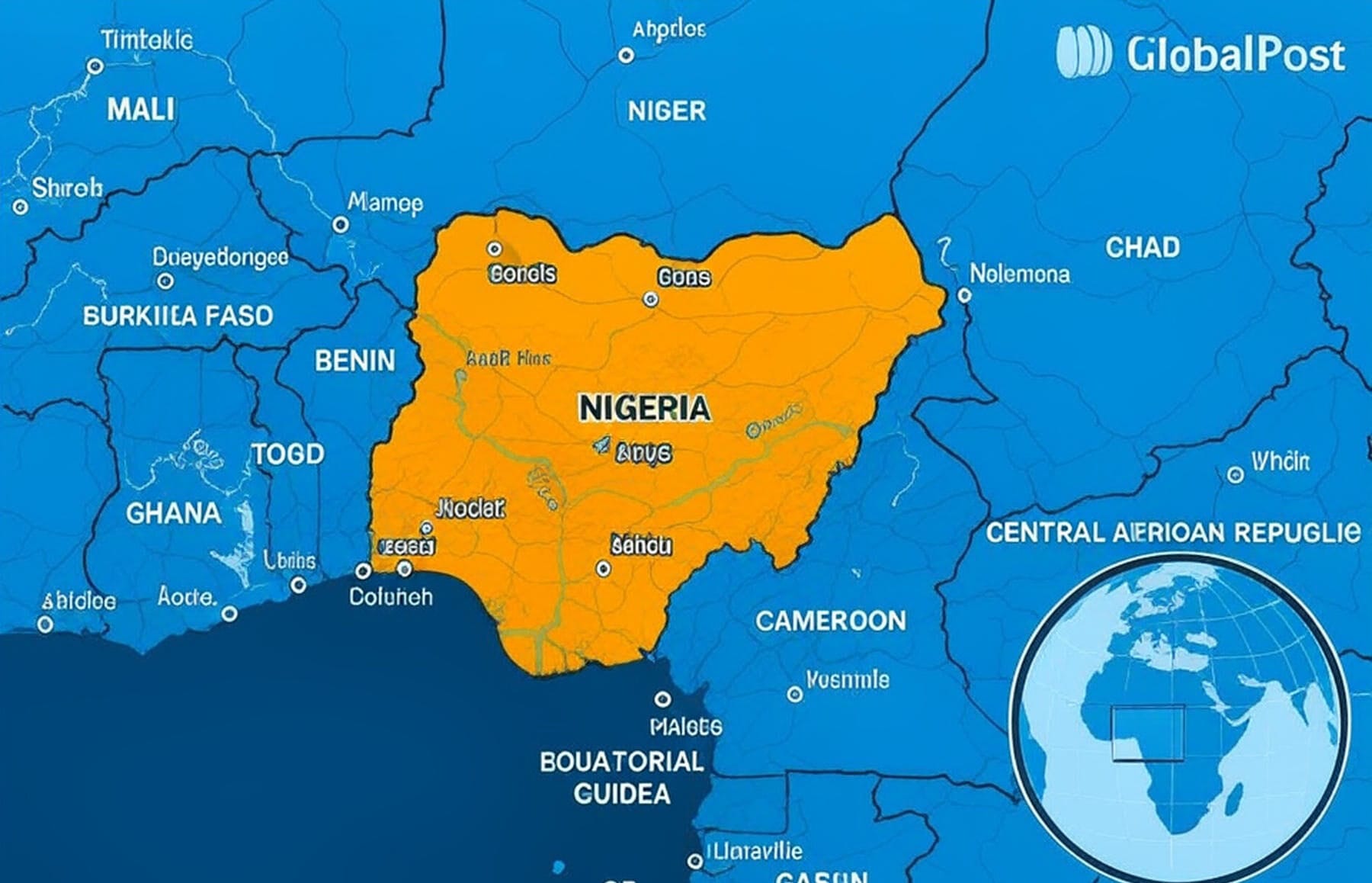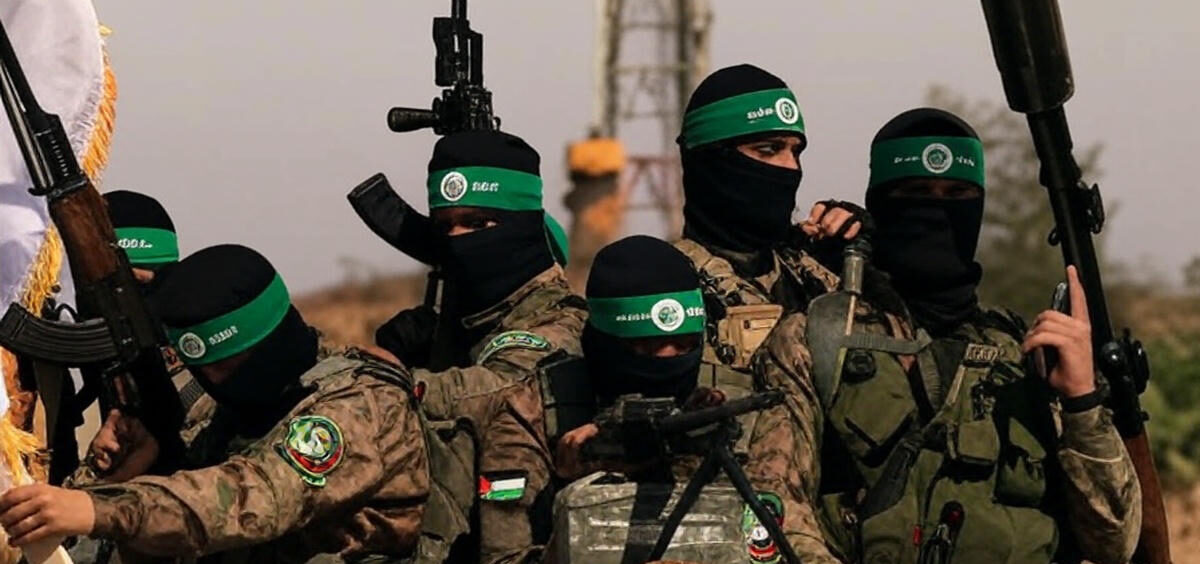
In a pivotal development amid the protracted Israel-Hamas conflict, Hamas has issued a conditional endorsement of U.S. President Donald Trump’s 20-point peace plan for Gaza on October 3, 2025. This response, relayed through Qatari and Egyptian mediators, signals potential progress toward de-escalation after nearly two years of devastating warfare that has claimed over 67,000 Palestinian lives. As negotiations intensify, stakeholders worldwide scrutinize the proposal’s viability, with implications for regional stability and global diplomacy. This article delves into Hamas’s stance, the plan’s core tenets, and broader repercussions, offering insights for those tracking Gaza ceasefire updates and Middle East peace efforts.
Decoding Trump’s 20-Point Gaza Peace Framework
President Trump’s blueprint, unveiled during a White House summit with Israeli Prime Minister Benjamin Netanyahu on October 1, 2025, represents a comprehensive roadmap to end hostilities. Drawing from prior U.S.-brokered deals, it emphasizes phased implementation to rebuild trust between adversarial parties. The initiative arrives at a critical juncture, following leadership decapitations within Hamas and mounting international pressure for humanitarian relief in Gaza.
Core Pillars of the Proposal
At its foundation, the plan prioritizes immediate conflict cessation and hostage repatriation, addressing the humanitarian crisis exacerbated by blockades and airstrikes. Key components include:
- Ceasefire and Hostage Exchange: An unconditional halt to military operations, coupled with the release of 48 remaining Israeli hostages in return for approximately 2,000 Palestinian prisoners held by Israel.
- Phased Withdrawal: Israel’s gradual exit from Gaza over six years, monitored by international observers to prevent reoccupation.
- Demilitarization Measures: Hamas’s commitment to disarmament, transitioning its military wing into civilian governance roles under amnesty for non-combatants.
- Governance Overhaul: Establishment of a transitional authority led by the United Nations and Arab states, fostering long-term Palestinian self-rule.
- Economic Revival: Reconstruction funding from Gulf nations, estimated at $50 billion, to restore infrastructure and stimulate job creation.
These elements underscore Trump’s pragmatic approach, blending security assurances for Israel with developmental incentives for Palestinians. Analysts note that the deadline—acceptance by October 6, 2025—adds urgency, potentially averting escalated U.S. involvement.
Agreements and Caveats
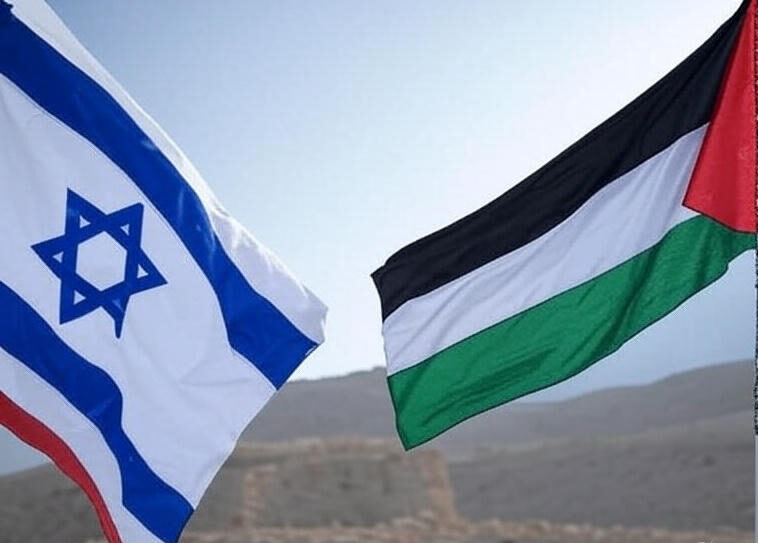
Hamas’s reply, articulated by senior figures like Khalil al-Hayya and Osama Hamdan, marks a departure from outright rejections in past talks. Describing the framework as a “constructive foundation,” the group affirmed readiness for dialogue while insisting on safeguards against perceived inequities. This stance reflects internal dynamics: war-weary Gazans, whose support for Hamas has waned to 24% per recent polls, demand tangible relief.
Strategic Agreements in Hamas’s Response
Hamas highlighted alignment on several fronts, positioning itself as a cooperative actor in peace processes:
- Prioritizing Hostage Liberation: Unconditional release of all captives, starting with vulnerable groups like children and the elderly, as a goodwill gesture.
- Endorsing Ceasefire Protocols: Support for an immediate truce, provided it includes verifiable halts to Israeli incursions in northern Gaza.
- Backing Reconstruction Efforts: Enthusiasm for Gulf-backed rebuilding, contingent on equitable resource allocation to avert elite capture.
- Transitional Governance: Acceptance of international oversight, with provisions for Palestinian referendums to legitimize changes.
However, caveats abound. Hamas demands a “full and irreversible” Israeli withdrawal before any disarmament, citing historical breaches of accords like the 2014 ceasefire. It also calls for mutual accountability, including probes into alleged war crimes on both sides. Hamdan emphasized in a Beirut presser that these adjustments ensure “dignity for the Palestinian cause,” avoiding perceptions of capitulation.
This calibrated response—neither fervent embrace nor firm rebuff—demonstrates Hamas’s evolving pragmatism. Post the assassinations of Yahya Sinwar and Ismail Haniyeh, the group’s interim leadership seeks legitimacy through diplomatic wins, even as hardliners within the Izz ad-Din al-Qassam Brigades voice reservations.
Global Reactions to the Gaza Ceasefire Breakthrough
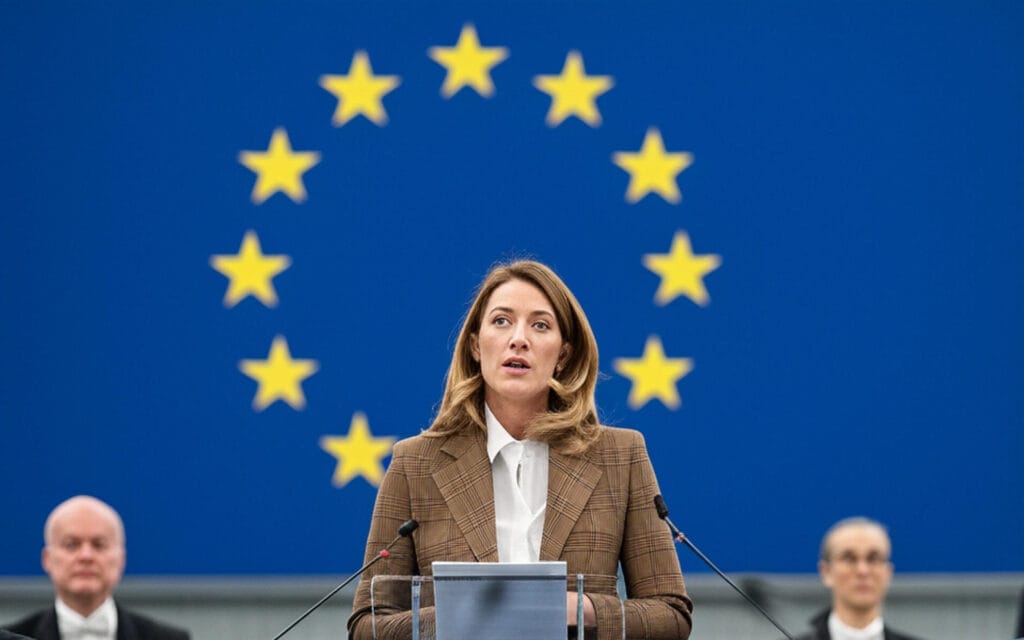
The international community has rallied around Trump’s initiative, viewing it as a rare convergence of interests in a polarized arena. From Arab capitals to European chancelleries, endorsements pour in, though skeptics warn of implementation pitfalls.
Perspectives from Regional Powerhouses
Diverse voices shape the discourse:
- United States and Israel: Trump hailed the reply as “a game-changer,” ordering a partial bombing suspension in southern Gaza, which has already saved civilian lives. Netanyahu’s cabinet, after reviewing prisoner manifests, signals tentative approval but prioritizes “robust security vetting.”
- Arab Mediators: Qatar and Egypt, pivotal in shuttling messages, lauded the “qualified green light” and pledged venue for follow-up sessions in Doha. Egyptian President Abdel Fattah el-Sisi underscored border security integrations to mitigate spillover risks.
- Palestinian Authority: President Mahmoud Abbas welcomed unity prospects, urging Fatah-Hamas reconciliation to present a cohesive front in governance talks.
- Broader Alliances: Turkey’s Recep Tayyip Erdoğan advocated swift Israeli compliance, while Iran’s tempered support defers to Hamas autonomy, hinting at waning influence in the “Axis of Resistance.”
Critics, including Palestinian Islamic Jihad, decry the plan as “tilted toward Tel Aviv,” fearing it sidelines broader liberation goals. Betting platforms now peg ceasefire odds at 50% by October’s end, reflecting cautious optimism.
Broader Implications for Middle East Stability
If realized, Trump’s plan could catalyze transformative shifts, from economic resurgence in Gaza to normalized Israeli-Arab ties under the Abraham Accords framework. Reconstruction would address famine threats, with UN estimates projecting 2 million jobs in renewable energy and agriculture sectors. Yet, fragility looms: stalled sequencing could reignite rocket exchanges, prolonging displacement for 1.9 million Gazans.
